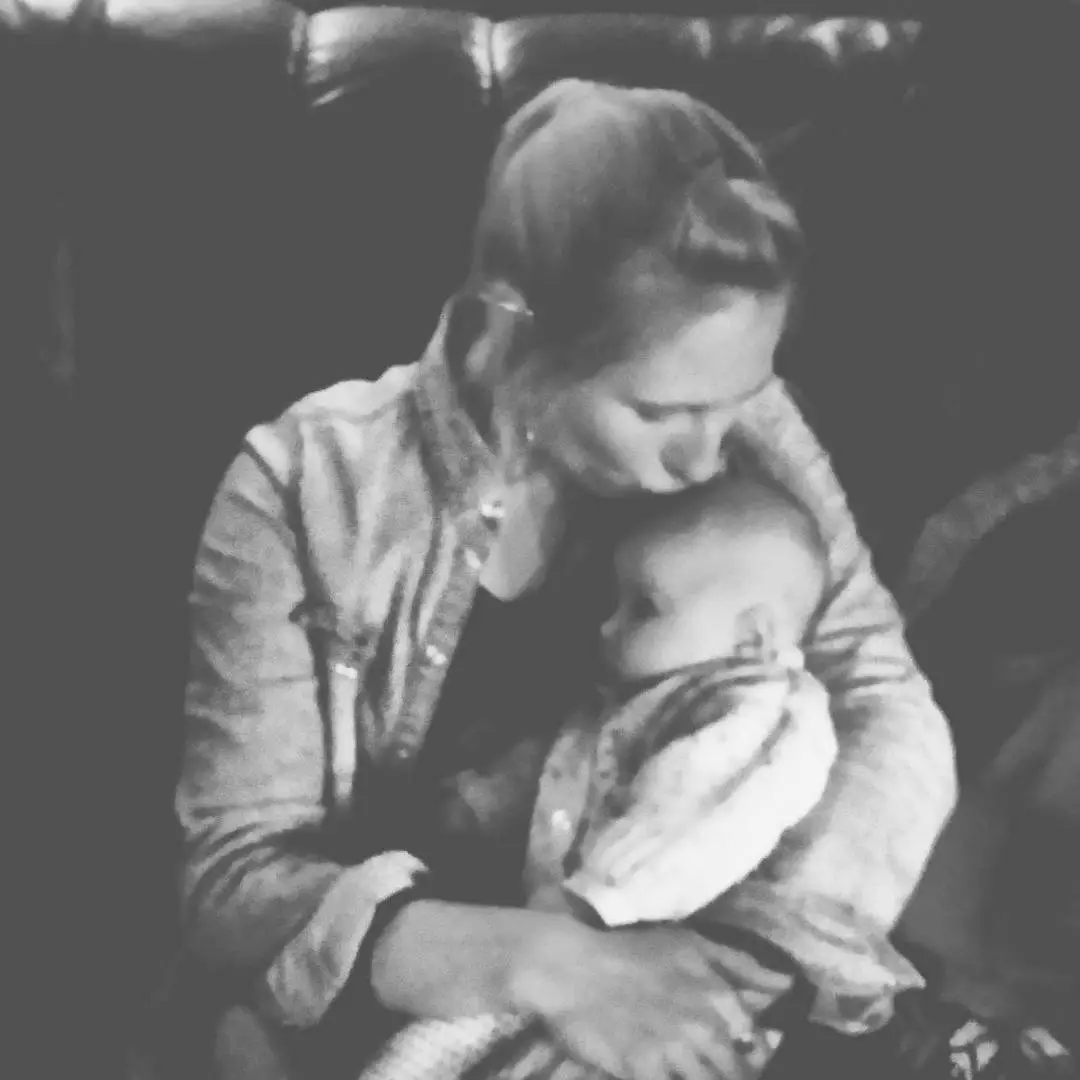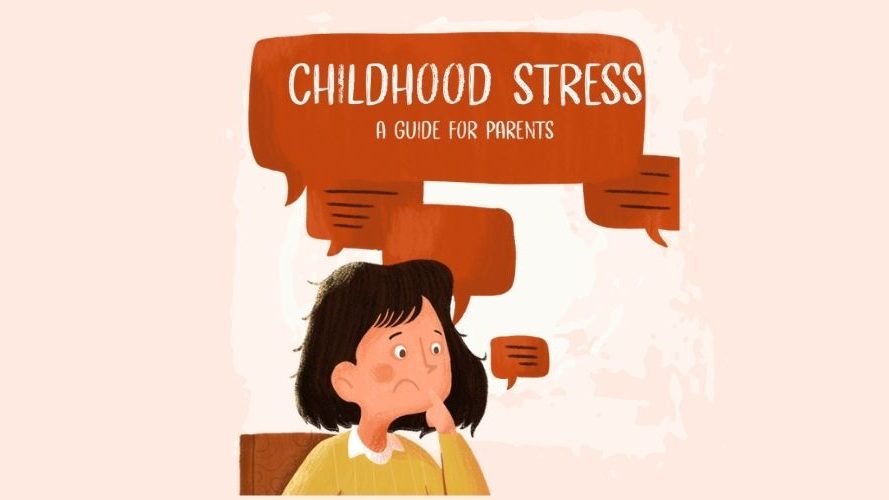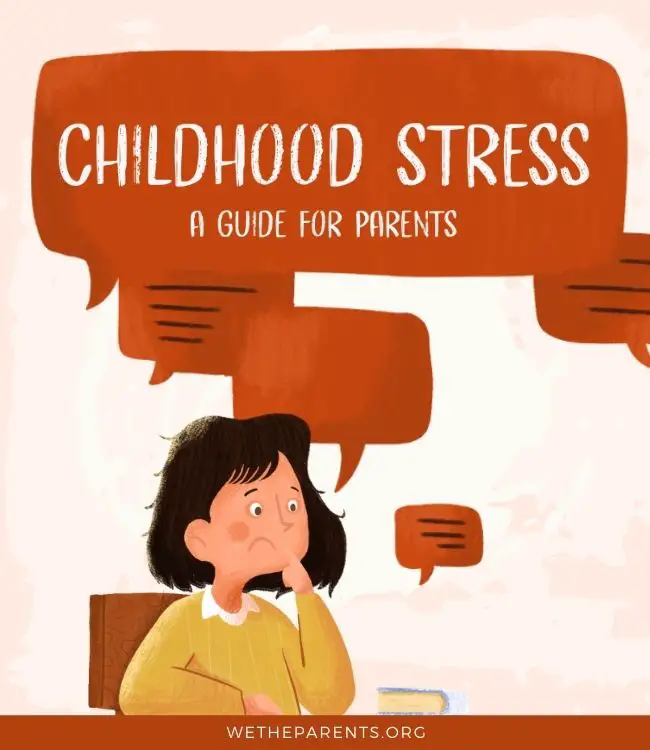Stress and anxiety are becoming increasingly common amongst children and teens.
Noting your child’s behavior, and encouraging them to express themselves, will make it easier for you both to become aware of problems before they escalate.
Now:
In this guide, you’ll learn how to identify, understand, and support a stressed child.
You’ll also find actionable tips for both parents and young ones which will help parents to reassure and empower their children to manage their own stress.
Let’s dive in.
In this article:
The Infographic

What is childhood stress?
Stress is something that we all feel at times. It’s our body’s reaction when we feel threatened or under pressure. Our natural response can be both physical and psychological. 1The NHS UK
Milton S. Hershey Medical Center defines stress this way:
“Childhood stress can be present in any setting that requires the child to adapt or change. Stress may be caused by positive changes, such as starting a new activity, but it is most commonly linked with negative changes such as illness or death in the family.”2PennState Hershey’s Milton S. Hershey Medical Center
Childhood anxiety and stress are steadily increasing.3CDC
Currently, 10 to 20 percent of school-aged kids show symptoms of anxiety. The number of children experiencing undiagnosed stress is higher still. 4Psychology Today
Every child responds differently to the stress they experience. Some kids are naturally more confident and calm in the face of stressors, while others are more fearful and less sure of their abilities to manage.
However, every child can learn better ways to deal with stress, and parents can help them along the path.
Acute vs. chronic stress
The nature, or ‘flavor’, of stress varies. Consider the intensity and duration of stressful events or circumstances; they can come and go in minutes or persist for months or years.
- Acute stress happens, then quickly goes away. Dangerous situations, participating in extreme sports, or family arguments, are examples of acute stress.
- Chronic stress lasts longer, sometimes for months or years. Situations such as financial trouble, unemployment, or a long term illness, may produce chronic stress.
What is positive, tolerable, and toxic stress?
Taking into account the intensity, duration, support (buffering), and the uniquely personal response of a child, experts have identified three categories of stress: positive, tolerable, or toxic stress. 5Toxic Stress – Harvard Center on the Developing Child
Positive stress
Positive stress is a normal and essential component of healthy child development. It nurtures emotional growth, self-confidence, and maturity, and is often a necessary motivator when tackling the demands of home, school, and family life.
Examples of positive stress
- The first day a child is left with another caregiver
- A novice player stepping up to bat
- Getting an immunization injection
Tolerable stress
Tolerable stress is usually characterized by more severe and longer-lasting challenges. If these don’t last too long and are accompanied by supportive adult relationships, then a child can adapt and recover.
In some cases, they can lead to greater self-awareness and self-esteem as children discover their own abilities.
Examples of tolerable stress
- The death of a loved one
- A frightening physical injury
- A natural disaster
Toxic stress
Toxic stress occurs when a child experiences acute, long-lasting, or frequent adversity, such as the presence or threat of harm.
The Harvard Center on the Developing Child states that “this kind of prolonged activation of the stress response systems can disrupt the development of brain architecture and other organ systems, and increase the risk of stress-related disease and cognitive impairment, well into the adult years.”6Toxic Stress 101“, Harvard Center on the Developing Child
Examples of toxic stress
- Physical or emotional abuse
- Chronic neglect
- Caregiver substance abuse or mental illness
- Exposure to violence
- Extreme poverty or family hardship
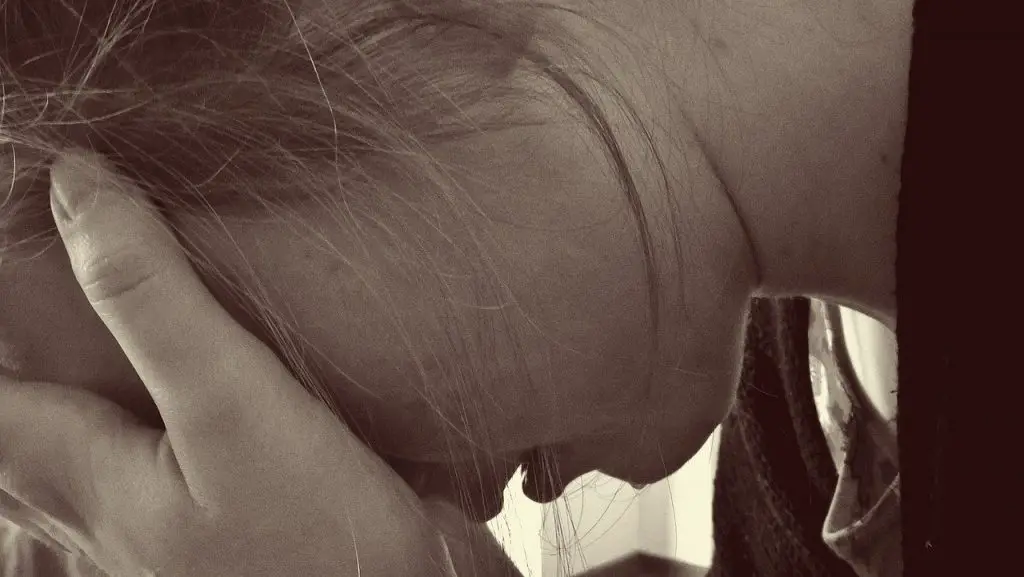
12 common sources of stress in children and teens
There are probably as many stressors that produce harmful effects as there are kids.7AACAP
Around the world, in every culture, childhood is a maze of difficult choices. By thinking ahead a bit, we parents might possibly foresee the pitfalls that could await our kids.
By no means inclusive, here are the most common stressors for children and teens.
#1 Academic challenges
If your child has a more difficult time with academics, you would be expecting this to be a significant stressor. You’ve dealt with the problem since preschool.
You and your child have no expectations of making the honor roll, but the child must try to do her best. Academic issues like this may be tolerable stress.
If, however, your child had an easy time with her subjects, the last thing she, or you, are expecting is getting a D or F. If it’s in her favorite subject, the stress is more threatening, toxic stress.
One would expect that she will have very adverse reactions in the form of anxiety and worry. Her self-esteem would take an enormous hit.
#2 Negative self-image
Self-image isn’t only a problem with girls. Boys can also desire the perfect body, excellent grades, the admiration of all.
Most children realize that these are unrealistic expectations. They have already learned where they fit in the mythical 1 through 10 scales of attractiveness, athletic skill, and brains.
These can be positive stressors. They remind kids to take showers, dress appropriately, and learn not to judge others too harshly. A negative self-image frequently results in a boy or girl continually putting themselves down.
Whether in front of the mirror or imagining what’s reflected in others’ eyes, this negativity results in low self-esteem and is undoubtedly a major cause of toxic stress.
#3 Physical changes
Every child will, sooner or later, evolve into an adult person. When they started middle school, they looked like a child. Between fifth and sixth grade often comes a great deal of change. Eventually, boys turn into men, and girls become women.
A girl’s struggle is unique. As her breasts develop, this may seriously stress a child who has difficulty with anxiety. Susan may try to hide this by wearing loose clothing or even trying to bind her breasts.
In the early teen years, girls begin to menstruate. The menarche is a subject of intense stress.8Rawat, R., Sagar, R., & Khakha, D. C. (2015). Puberty: A stressful phase of transition for girls. IOSR Journal of Nursing and Health Science, 4(5), 07-12.
Some girls become stressed wondering, ‘When will it begin?’, ‘Why is my cycle beginning so soon?’, or ‘Won’t it ever begin?’ The most worrying question of all being, ‘Am I normal?’
Boys have changes of their own to deal with, such as voice deepening, body hair, muscle development, and nocturnal emissions. Again, insecurities can arise from the same questions: ‘Is this too early?’, ‘Is this late?’, ‘Am I doing it right?’, ‘Am I normal?’
#4 Unsafe environments
Some teens live with dysfunction or in unsafe homes or neighborhoods. Above all, we humans need to feel safe in our physical, sexual, and emotional environment. Anything that takes away from this can certainly result in toxic stress.
#5 Family instability
All couples argue sometimes. This can be a positive experience for a child if the arguments are conducted fairly and respectfully.
This teaches kids that it’s possible for parents to disagree, even when they love each other. This can potentially demonstrate to your teen how to handle conflict.
If these disagreements become physical, frequent, and/or involve the children, this leads to toxic stress for everyone. Kids may decide, within themselves, never to enter a romantic relationship or to marry. These situations prompt them to take the understandable steps of avoiding pain now or in the future.
Then, there is separation or divorce, which often comes as a shock, as parents, desperate to spare their children from pain, keep their impending separation a secret, keeping their kids in the dark as to what is happening right before them.
They might come home to find dad gone, his stuff gone, and learn that he’s not coming back! Kids often blame themselves for such breakups — the breakup of a family being one of the most painful examples of toxic stress.
After divorce or separation, the remaining spouse may begin dating, move in with their new partner, or even remarry. All of which can be extremely stressful for children, who may again feel responsible for the initial breakup.
#6 Chronic illness in the family
Illness is a fact of life. It may be as insignificant as a three-day cold or the diagnosis of a terminal illness.
Until recently, families would often suppress information about family illnesses (and their seriousness) from their children. Again, a child unprepared is a child without defense against life-changing psychological pain.
If your child understands that neither life nor health is guaranteed, they’ll be better equipped to meet these challenges. They may be moved to study medicine, fundraise for medical causes, or even join a caregiving team.
Illnesses can be either tolerable or lead to toxic stress. The difference depends upon the child’s inner strength and how their parents have taught them.
#7 Death of a loved one
Eventually, of course, death comes to us all. We can only wish to enjoy a productive, loving, and happy journey along the way.
A child’s first encounter with death, and its finality, may occur with a beloved pet or close relative. Whether it’s a goldfish or a dog that’s been with the child for a lifetime, their sadness can be overwhelming.
Again, loving, parental preparation can cultivate successful coping skills within a child. A death can be either tolerable or, possibly, lead to toxic stress.
#8 Moving
Moving is a common fact of life for many kids. Those with parents in the military, foreign service, or jobs that require moving frequently are pretty much used to it.
On the other hand, some kids never get the hang of leaving their house, neighborhood, school, or friends and may take months to feel comfortable in a new home.
#9 Changing schools
Changing schools can be either a little or a huge thing. Our family lived in a tiny rural town where there was only the elementary and the middle/high school.
These small-town kids went to school with the same kids from the same families and stress remained minimal.
Think, though, about teens in a large metropolitan area. There could be thousands preparing to attend their new high school.
Their fellow students come from many parts of the city, may speak different languages, have different expectations and be from different cultures, and, in some cases, expect other kids to comply.
Changing schools is a high stressor that can affect all children. Depending on their preparation, the move might eventually prove successful or not.
#10 Too many activities
Many children and teens today are over-scheduled. According to the National PTA and the National Education Association,9https://health.usnews.com/wellness/for-parents/articles/2018-03-20/how-much-homework-is-too-much-for-our-teens#:~:text=In%20that%20poll%20teens%20reported,hours%20of%20homework%20per%20week kids should be doing approximately 10 minutes of homework for each grade level.
This means that, by the time a teen is a senior in high school, their homework burden should be no more than two hours per night. However, the same survey found that teens reported doing an average of at least three hours’ worth, while some reported doing up to seven hours per day.
Besides school, of course, extracurricular activities take up a child’s time. It might be religious activities, a part-time job, Little League sports, scouting, dance/music lessons, or tutoring.
Add the time that outside activities take up in your child’s week to the time they spend in school, including homework. If the result compares to a full-time job for adults, the child is spending too much time on them.
#11 Too many expectations
Some kids have a tough time meeting their parents’ expectations. The phenomenon of Tiger Mom (or Dad) are well-known in all cultures.
If a parent has decided their son will become a major league pitcher while he’s still a newborn, this could be a sure recipe for toxic stress.
It’s difficult for kids to take a stand against unrealistic expectations, often internalizing them and feeling like failures if unable to attain them.
#12 Family financial pressure
Very few families in the world will avoid facing financial pressures sometimes. A lost job, a severe illness, the need to care for an extended family, can cause a family budget to shift from adequate to financially challenging.
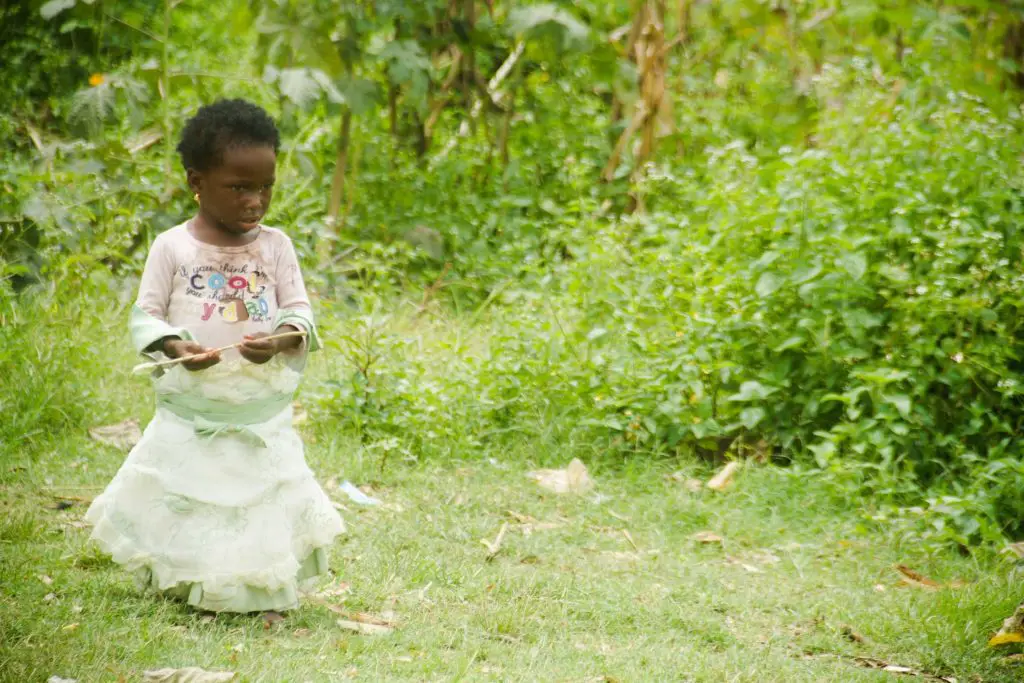
Telltale signs (common stress symptoms in kids)
Children respond differently to stress. As a parent or caregiver, it’s important to watch, notice, and be aware of your child’s behavior, listening attentively to what they have to say.
This will provide you with the best possible chance of picking up on symptoms of stress.
Here are some common symptoms to look for if you think stress is becoming a problem in your child’s life. If you see them occurring regularly, talk to them about the issues they think might be affecting them.
If they don’t open up to you but are willing to speak with another supportive adult, eg., a counselor, teacher, or religious leader, then this could certainly help.
Some common symptoms to watch for:
- Excessive crying or sadness
- Your child seems worried, jittery, or nervous
- Frequent irritability and anger
- Your child may have difficulty falling or staying asleep
- Fearfulness and feeling out of control
- Trouble with concentration and attention
- Avoiding activities they normally enjoy
- Your child feels ashamed they can’t meet expectations
- Unhealthy eating habits
- Kids often feel isolated from others when anxious
- Returning to old behaviors, such as bedwetting or clinginess
- Use of alcohol, tobacco, or other drugs
- Unexplained headaches or body pains
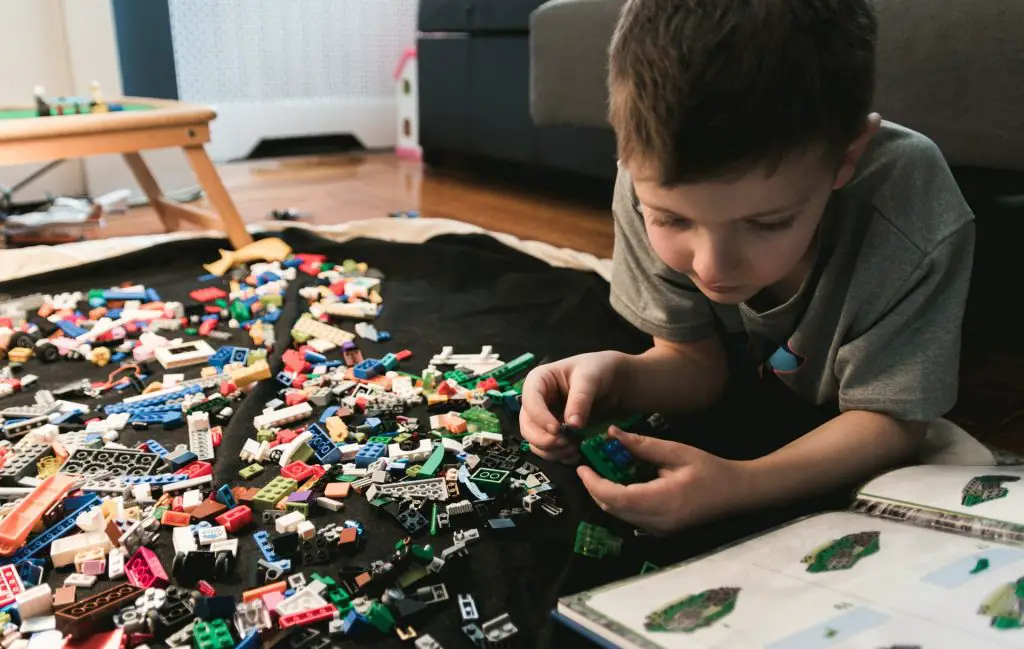
Actionable stress-busting tips
Tips for parents (while helping your child cope)
If a child is experiencing stress or anxiety, there are some practical things a parent or caregiver can do to help.
#1 Notice your child’s behavior
Watch and listen attentively to your child. Signs of stress are easy to miss, especially if the parent or caregiver is also experiencing stress and anxiety. Try your best to notice your child’s behavior, especially when aware of external circumstances that are common stressors.
#2 Identify and reduce sources of stress
Some sources of stress may be outside of your control (such as their first day at school), however, if you can identify others that are within your control (like an overscheduled diary), then you can help to reduce the stressors in your child’s life.
Don’t wait. If you notice your child falling behind at school, take positive action before severe consequences occur. Teachers are usually happy to meet with parents. This way you may gain some critical insight into your child’s behavior, or recent trouble with academics.
#3 Regularly check-in with your child
Check with your child about any current stressful situations. Kristin Scott, Ph.D., a psychologist at Children’s Health, and Assistant Professor at UT Southwestern, recommends checking in with your child regularly.
“It can be very powerful for parents to do a check-in with their child,” says Dr. Scott. “Listening carefully to children about what emotions or stress they are experiencing and finding out if there are any areas where they are overwhelmed is important.”
#4 Reassure them and give them extra love
A warm, supportive parent or caregiver will have a huge impact on a child’s ability to navigate and cope with life’s stressful circumstances.
Make a habit of checking in with your child periodically. Find out how things are going, where they’re happy or not. Show acceptance and offer them reassurance. Such love and attention may be all that’s needed to help them reverse a stressful situation.
#5 Keep your normal routines going
During times of disruption or disaster, it’s easy for regular routines to fly out the window. However, psychologists have shown that children depend on routine and rhythm in order to feel safe and secure.10Reassuring Routines and Rituals, By Carla Poole, Ellen Booth Church, Susan A. Miller, Ed.D. – Scholastic.com
It may sometimes be a real challenge, but, if possible, continue with as much of your usual daily/weekly routine as possible, even amidst a divorce or house move. This can go a long way to mitigate the stress experienced by some children.
#6 Talk, listen and encourage expression
Engage in active listening. This means providing a judgment-free space for them to express themselves. It’s always best to listen first, letting them know you’ve heard and understood them, before jumping in with advice.
If they feel you ‘get’ where they’re coming from, then a child or teen may be more responsive to your suggestions about how to reduce their stress and raise their confidence.
A parent’s role should be that of a listener, teacher, and life coach. While you naturally want to protect them, it’s even more important to prepare them for life as a successful adult.
#7 Share your burden. Speak with others.
Having a child who is stressed or anxious can nurture these things in the parent, too. No one likes to see their children suffer, and we, as parents, may also struggle to cope.
At times like this, it can help to share your concerns with, and get advice from, other parents, teachers, or community leaders. Sometimes working jointly to support your child can prove, surprisingly, more effective.
Stress-busting tips for kids and teens
It’s always recommended to teach your child how to recognize signs of stress and anxiety in themselves. Here are some ways to help your child or teen manage their own stress.
#1 Take care of yourself
Eat well, sleep well. Eating a well-balanced healthy diet and avoiding high-sugar foods will go a long way to reducing anxiety. Good sleep hygiene makes a big difference in a child’s life. 11Sleep in Adolescents – Nationwide Children’s
Kids need up to 10 hours of sleep a night. Ideally, a restful sleep environment is cool, dark, and free from electronic screens.
#2 Get active
Whether it’s sports, scooting, walking, or yoga, children aged between 5 – 17 yrs. should try to do 60 minutes of moderate to vigorous-intensity physical activity every day.12Physical Activity and Young People – W.H.O.
While this recommendation is good for everyone, exercise has been shown to effectively diminish stress, anxiety, and depression. 13Physical Activity Reduces Stress – Anxiety and Depression Association of America
#3 Talk and stay connected with others
Connecting with others, be it friends, parents, or mentors, can effectively reduce feelings of isolation and anxiety. It also helps to know that you’re not alone in what you feel. Try talking face to face (even if via Skype or Zoom). This will be more impactful than sending text messages.
#4 Take information or media breaks
If there are external influences causing stress, whether at a local, national, or global level, reading or watching too much news can reinforce and amplify anxiety. Taking a break from the news or your regular social media feeds can offer you respite from feelings of stress.
#5 Schedule time for play and relaxation
For older children with intense academic expectations or upcoming exams, it can be easy to spend all hours working or worrying.
Scheduling time during your days and weeks for fun and relaxation will help you follow through and actually do it. Choose to do something that you enjoy.
This is a window where you let yourself have fun, undisturbed by anything work-related. However short it may be, this time can help you reconnect with yourself and what you enjoy doing.
A word from We the Parents
Anxiety and stress are all-too-common amongst children today. Younger kids may not be able to fully understand, or express their feelings about it, and, while older children may have a better understanding of what’s causing their anxiety, this doesn’t mean they have the know-how to manage their stress levels.
Noticing your child’s behavior and encouraging them to express themselves will make it easier for you to develop a clearer awareness of problems before they become harder to manage.
If your child’s level of stress has become intense, chronic, and interferes with their daily life, then it’s best to seek some professional help.
A visit to your doctor is usually a good place to start. Thereafter, social workers and family psychologists are great resources for discovering if you and your children have too much toxic stress in your lives.
Talking with a counselor can help your family become calmer, more confident, and healthier.

